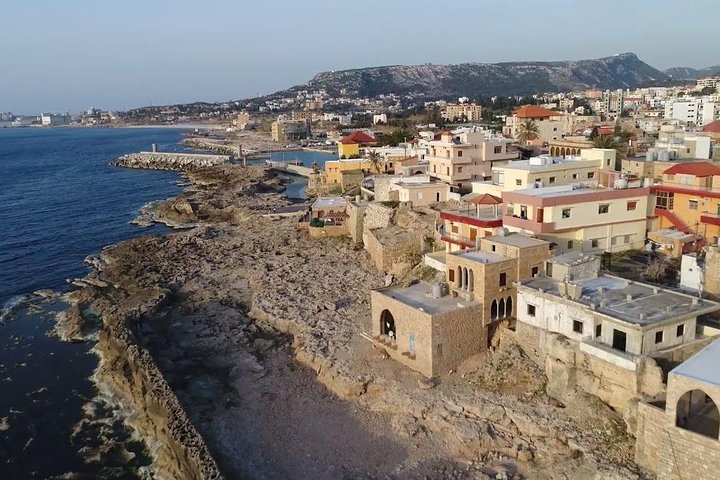Recently Viewed
Experiences just outside of Tripoli
Nearby destinations
Spain
Catalonia (Spain)
Barcelona, Catalonia (Spain)
Lebanon
Mount Lebanon Governorate (Lebanon)
Beirut Governorate (Lebanon)
Beirut, Beirut Governorate (Lebanon)
North Governorate (Lebanon)
Kesrouane, Jabal Lubnan (Lebanon)
Byblos, Mount Lebanon Governorate (Lebanon)
Baalbek, Baalbek-Hermel Governorate (Lebanon)
Baalbek-Hermel Governorate (Lebanon)
Harissa, Mount Lebanon Governorate (Lebanon)
Beqaa Governorate (Lebanon)
Zahlé, Beqaa Governorate (Lebanon)
Beit ed-Dine, Mount Lebanon Governorate (Lebanon)
Jounieh, Mount Lebanon Governorate (Lebanon)
Deir El Qamar, Mount Lebanon Governorate (Lebanon)
South Governorate (Lebanon)
Sidon, South Governorate (Lebanon)
Bsharri, North Governorate (Lebanon)
Tyre, South Governorate (Lebanon)
Aanjar, Beqaa Governorate (Lebanon)
Batroun, North Governorate (Lebanon)
Barouk, Mount Lebanon Governorate (Lebanon)
صيدا, محافظة الجنوب (Lebanon)
محافظة الجنوب (Lebanon)
Tannourine El Tahta, North Governorate (Lebanon)
Bayrut, Beirut Governorate (Lebanon)
Maghdoucheh (Lebanon)
Kesrouane, Mount Lebanon Governorate (Lebanon)
Kafraiya, Beqaa Governorate (Lebanon)
Aarbet Qozhaiya, North Governorate (Lebanon)
Ghazir, Mount Lebanon Governorate (Lebanon)
Faraiya, Mount Lebanon Governorate (Lebanon)
Hamat, North Governorate (Lebanon)
Matn (Lebanon)
Bezbina, North Governorate (Lebanon)
Chouf, Mount Lebanon Governorate (Lebanon)
Aannaya, Mount Lebanon Governorate (Lebanon)
Afqa (Lebanon)
Aaqoura, Mount Lebanon Governorate (Lebanon)
Chouwan, Mount Lebanon Governorate (Lebanon)
Chouf, Jabal Lubnan (Lebanon)
Jeita, Mount Lebanon Governorate (Lebanon)
Kfardebian, Mount Lebanon Governorate (Lebanon)
Moukhtara, Mount Lebanon Governorate (Lebanon)
محافظة جبل لبنان (Lebanon)
بيروت, محافظة بيروت (Lebanon)
محافظة بيروت (Lebanon)
Ain w Zain (Lebanon)
Kfar Selouan, Mount Lebanon Governorate (Lebanon)
Niha (Lebanon)
Bchaaleh, North Governorate (Lebanon)
Jezzine, South Governorate (Lebanon)
العزونيه, محافظة جبل لبنان (Lebanon)
Kfardebian, Jabal Lubnan (Lebanon)















































































































































